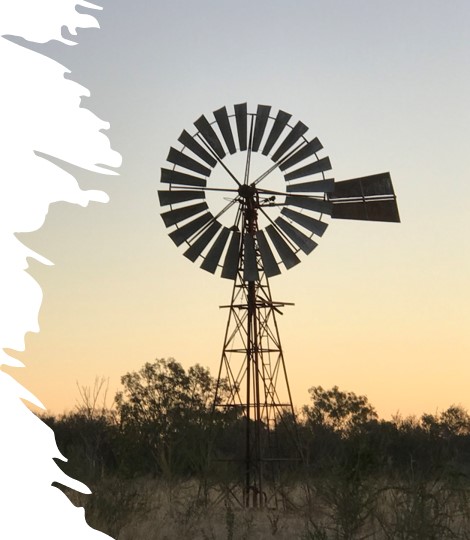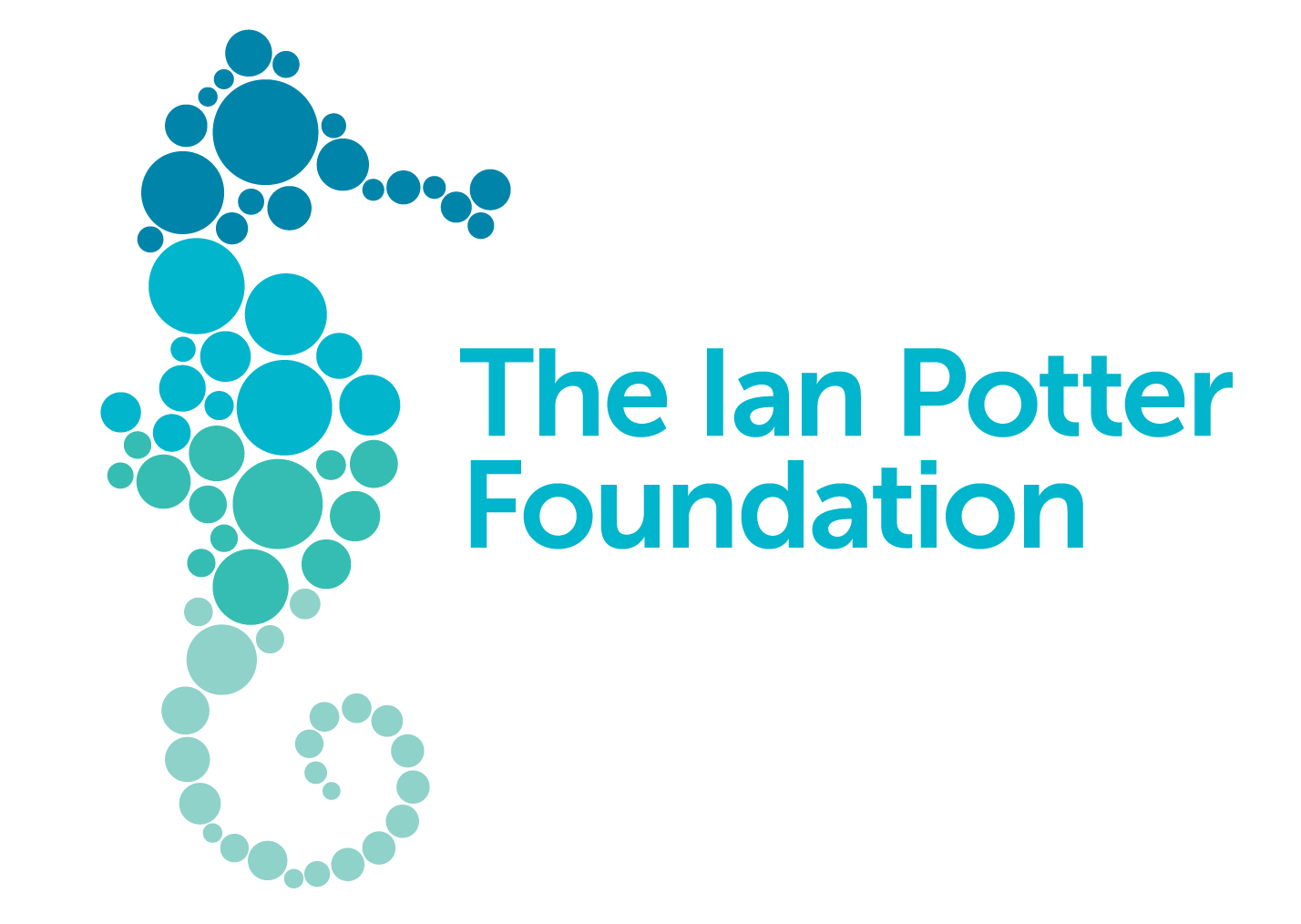



Summary
-
The Issue
Groundwater (water stored underground) is critical for supporting life in much of inland Australia and citizen science can play an important role in monitoring its quality and sustainable use.
-
National Interest
Understanding more about the groundwater resources will underpin the sustainable development of northern Australia.
-
Project Tasks
An app, a website and water sampling kits have been developed to support the collection and analysis of groundwater samples. The samples will be analysed for a range of variables including conductivity/salinity, pH, hydrogen and oxygen isotopes, and environmental DNA, also known as eDNA.
-
Significance
This project will help communities in northern Australia monitor groundwater quality into the future and increase confidence in the management of this important resource.
Email To Action
You can obtain a kit by emailing Jenny.Davis@cdu.edu.au
Background
-
01 Why do we need to know more about Groundwater in Northern Australia?
Water is the basis of all life on Earth but groundwater (the water stored beneath the Earth’s surface) is often ‘out of sight and out of mind’, despite its importance as a permanent source of water in otherwise dry landscapes. Access to freshwater for drinking is vital for the existence of many towns and remote communities. Groundwater is also needed by the cattle industry, mining, agriculture and horticulture, it supports ecosystems and biodiversity, and plays an important role in culture and connection to country for Indigenous people. Understanding more about the groundwater resources that support life in the wet/dry tropics and arid regions of northern Australia, and to share this information, is the aim of this project. To do this we need to collect and analyse water samples from bores across the north of the NT and WA. Researchers alone cannot collect groundwater samples from such a large geographical area, but citizen scientists can! Anyone who uses the project app and groundwater sampling kit and returns the samples to us is a citizen scientist. Participating in this project will provide you with information about the water in your bore, whilst also helping us to understand the characteristics and variability in groundwater quality in the north. The results of this project will support sustainable development of the region and improve confidence that this important water resource is being monitored.
-
02 Project location
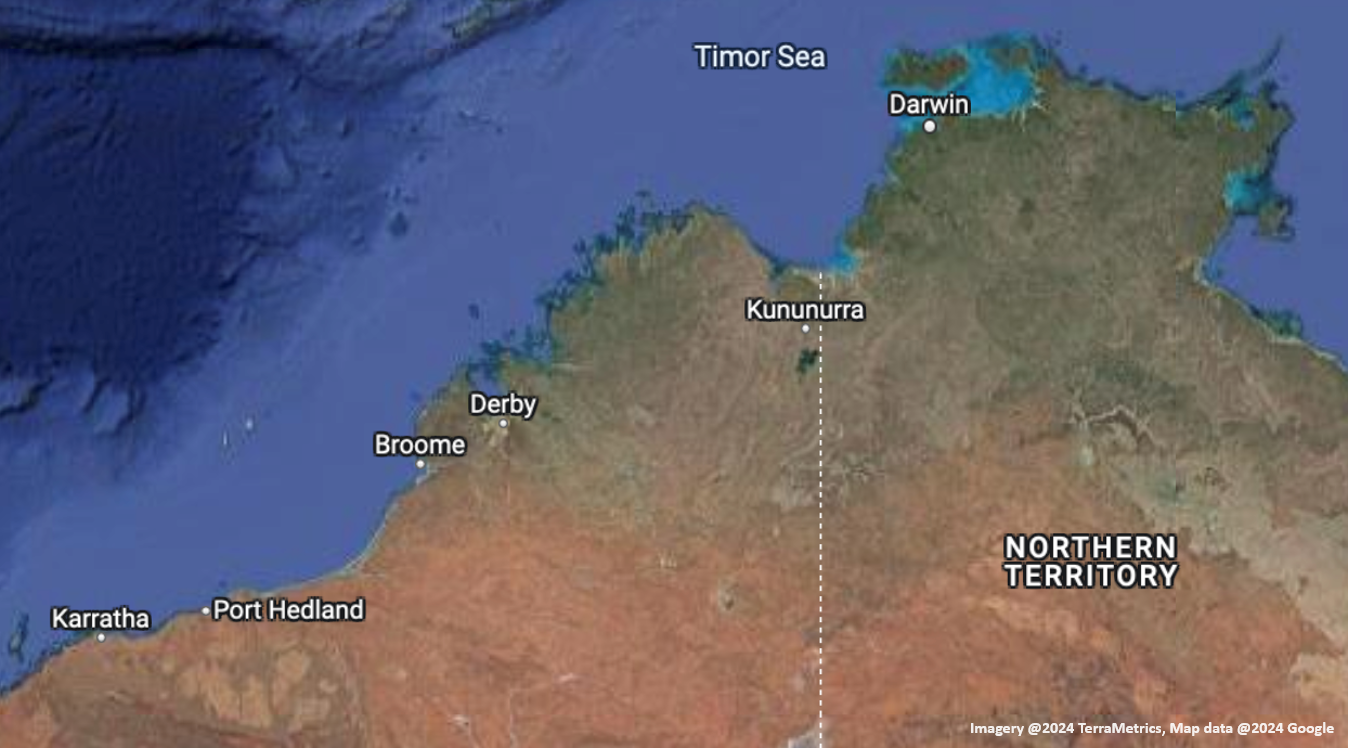
This image shows the regions of the Northern Territory & WA covered by this project
-
03 What data will be collected & what it will tell us?
For this project we need three 50 ml vials to be filled with water. At CDU we will use this water to measure electrical conductivity/salinity and stable isotope composition, and for baseline water banking. The kit contains universal indicator papers for you to measure pH directly and record on the app. An eDNA sampling kit is provided and subsequent analyses undertaken by the Wilderlab (a commercial laboratory) will be used to characterise aquatic biota and biodiversity.
-
04Electrical conductivity (EC)/salinity (one 50 ml vial)
Many organisms, including humans, need freshwater to survive, that is, water that contains low concentrations of salts. One of the easiest ways to measure the saltiness, or salinity, of water is to measure the electrical conductivity (EC). The ability of water to conduct a current provides a measure of the amount of salt (dissolved ions) in the solution. The EC of the 50 ml water sample collected from your bore will be measured with a lab-based meter at CDU and the results will be provided on the project website.
-
05pH (universal indicator paper)
Freshwaters can range in pH from very acidic (< 4) to neutral (7) to very alkaline (>9). Water is usually suitable for drinking if it is within the range of 6.5 to 8.5. You can measure the pH of a groundwater sample directly at your bore using the indicator paper and colour chart provided and entering the results onto the app.
-
06Stable isotopes of hydrogen & oxygen (one 50 ml vial)
The isotopic composition (δ18O and δ2H) of the 50 ml water sample collected from your bore will be measured in the lab at CDU using IRIS (isotope ratio infrared spectrometry). The isotopic composition provides information on whether the groundwater is mainly rain from the last major rain event, if the water has been retained for longer, or if it’s really ancient water (i.e. from rain that fell 100s or 1000s of years ago). This information makes a difference as to how we might use the resource. If it’s water from a recent rain event, then we know it's renewable. If it's very ancient water, it probably won’t be recharged, depending on the location of the aquifer, and we may need to be more cautious with water use.
-
07Baseline Water Banking (one 50 ml vial)
One 50 ml vial of water will be frozen at CDU and stored as part of a baseline water bank. If something happens in the future, and a bore is thought to be contaminated, another sample can be collected and sent to us to determine the difference in chemical composition between the two. The water bank provides a baseline against which future changes in water quality can be assessed. This is very useful where future developments, and their impacts, are not yet known.
-
08Environmental DNA (eDNA) (Wilderlab sampling kit)
Groundwater can contain organisms, including microbes, fungi and invertebrates (also known as stygofauna), that are adapted to living in subterranean environments. They can contribute to maintaining good quality water and their detection is an important part of understanding how they provide this valuable ecosystem service. Groundwater can also contain DNA shed from plants and animals living in terrestrial systems above the water table. Increasingly the measurement of eDNA is being used as a biomonitoring tool (using the presence of organisms to infer water quality) as well as an indicator of biodiversity (below and above ground) The measurement of eDNA is a two-step process. It involves first filtering the water to collect the DNA and then adding a preservative. Specific sampling instructions are provided with the DNA sampling kit.
-
09More about stygofauna
Stygofauna, also known as subterranean aquatic fauna, live in groundwater, often at considerable depths below the ground surface. Most are crustaceans, but stygofaunal communities can include mites, worms, snails, insects and fish. Because they live in the absence of light, stygofauna lack eyes and pigmentation. A recent study undertaken by scientists at CDU and CSIRO has provided the first description of stygofauna in the Beetaloo region of the NT
(Oberprieler, S, Rees, GN, Nielsen, D,Shackleton, M, Watson, G, Chandler, L. and Davis, J, (2021) Connectivity, not short-range endemism, characterises the groundwater biota of a northern Australian karst system. Science of the Total Environment. 796:148955)
Results
-
Coming soon...
Map Data
Additional results for pH and salinity (EC) will be available soon.
Hover over a map marker to view detailed information.
Team
The project team brings together a group with expertise in freshwater ecology (Jenny Davis and Erica Garcia), hydrogeology (Dylan Irvine), project management (Roanne Ramsey), and IT (Sami Azam, Bharanidharan Shanmugam and Mahamud Hasan). The team is based at Charles Darwin University (CDU) in Darwin. Charles Darwin University is the major university of a region spanning the north of Australia from the Kimberley and Pilbara, across the Top End and arid zones of the NT, and the western region of the Gulf country. CDU is a deeply connected university that works in partnership and collaboration with First Nations peoples, communities, industries, and government to address the needs of northern Australia's regional, rural, and remote communities. Professor Davis, Dr Garcia, and Dr Irvine are all based at CDU's Research Institute for Environment and Livelihoods (RIEL). This Institute provides logistical and infrastructure support for researchers working in the field and remote regions.
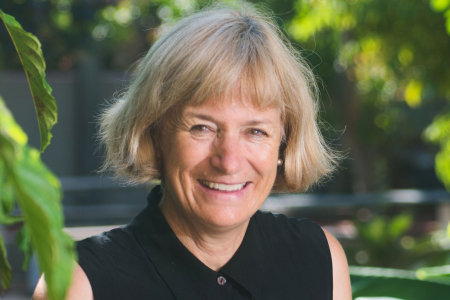
Professor Jenny Davis
Professor – Freshwater EcologyResearch Institute for the Environment & Livelihoods
Faculty of Science &Technology
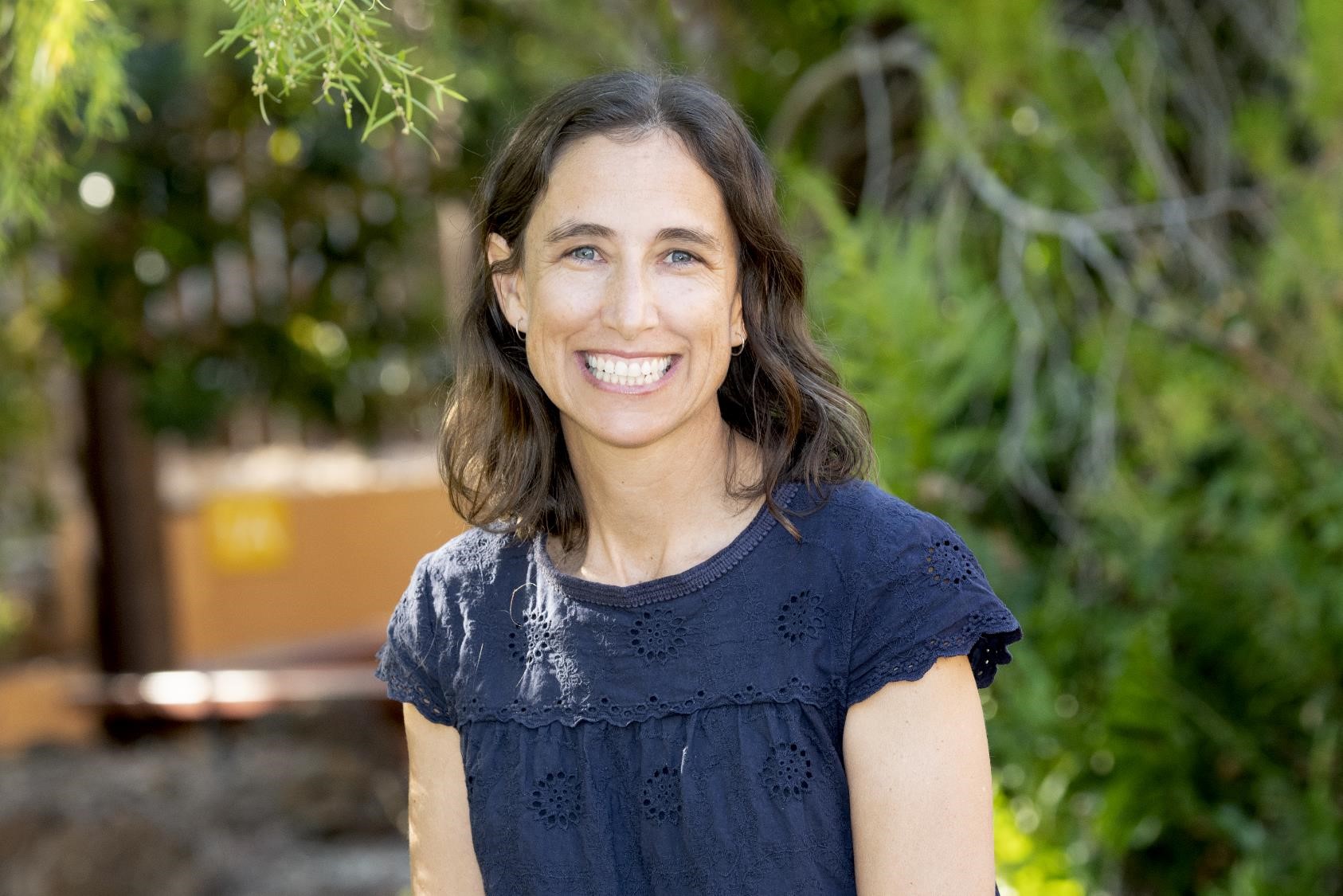
Dr Erica Garcia
Senior Lecturer – Freshwater EcologyResearch Institute for the Environment & Livelihoods
Faculty of Science &Technology
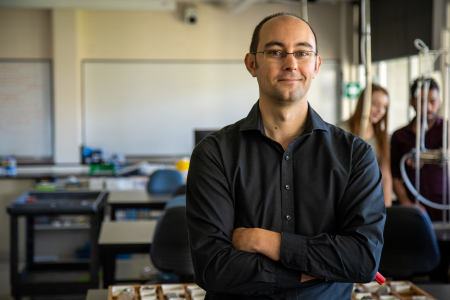
Dr Dylan Irvine
Senior Lecturer - HydrogeologyResearch Institute for the Environment & Livelihoods
Faculty of Science &Technology
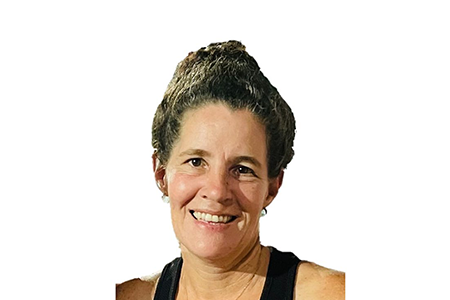
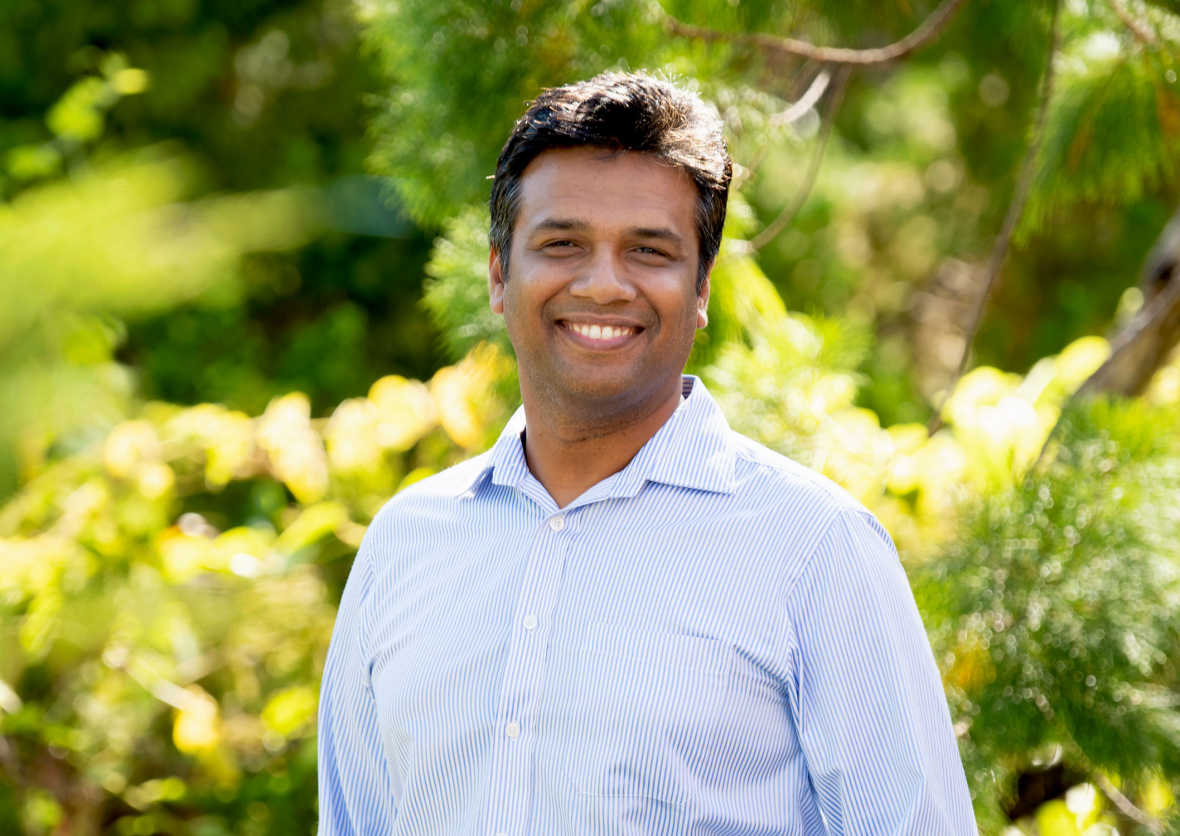
Dr Sami Azam
Professor - Information TechnologyEnergy & Resources Institute
Faculty of Science and Technology
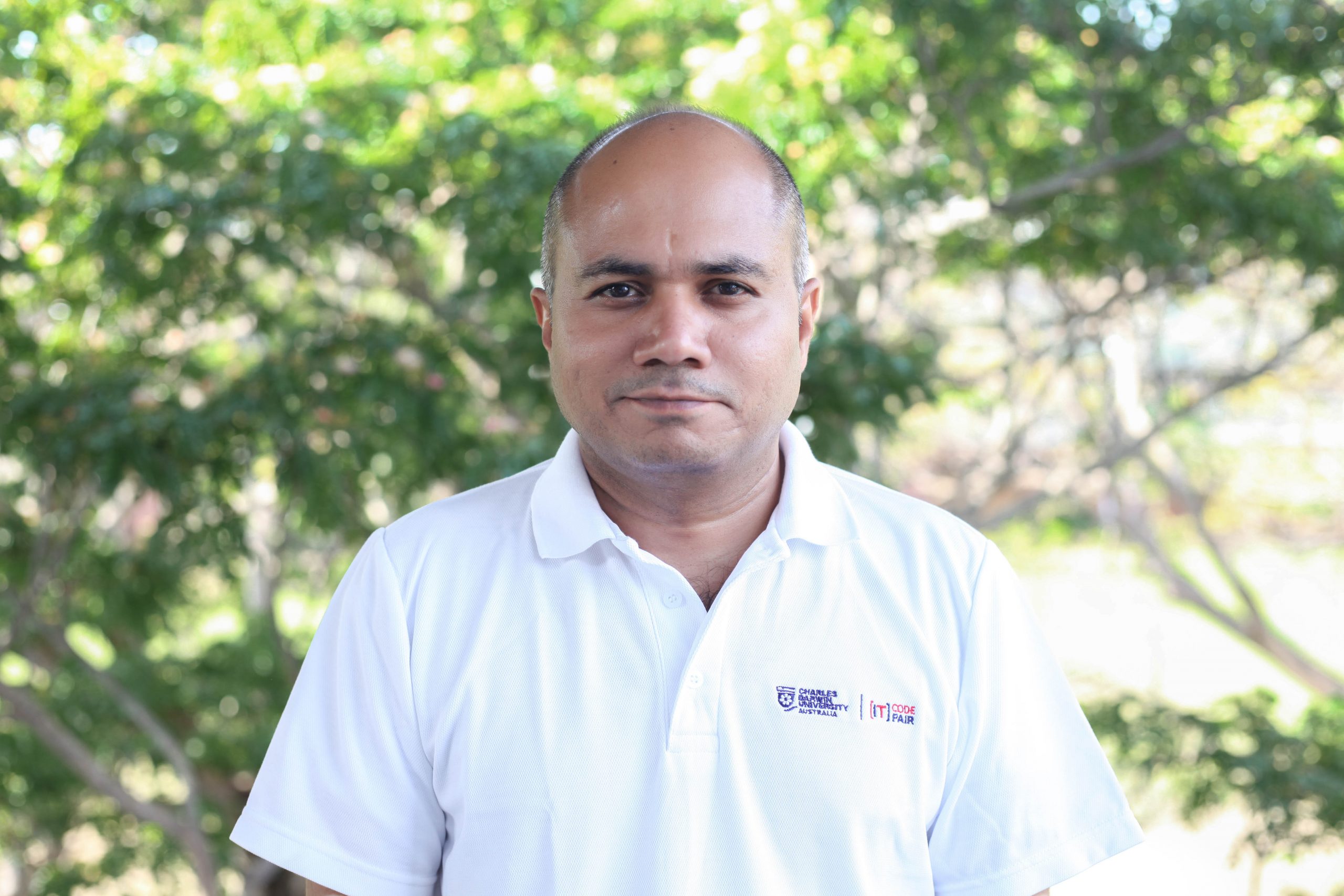
Dr Bharanidharan Shanmugam
Senior Lecturer - Information TechnologyEnergy & Resources Institute
Faculty of Science and Technology

Contact
Thank you for your interest in our citizen science project! Whether you have questions, feedback, or are interested in getting involved, we're here to help.
Location:
RIEL, Building Yellow 2, University Drive North, Casuarina NT 0810
Email:
Jenny.Davis@cdu.edu.au
Call:
08 8946 6463

